Search

Registration Open for Chronic Disease Self-Management Lay Leader Training
July 27, 2021
South Dakota State University Extension is offering a virtual Better Choices, Better Health SD Chronic Disease Self-Management Program Lay Leader Training Aug. 19 to Sept. 30.

Dealing With Spring Mud and Flooding
As the snow melts, we are going to be left to deal with mud at a minimum and extensive flooding as a possible worst-case scenario. While we can’t control the pace of melting or the possibility of additional precipitation, we may be able to take a few steps to mitigate the negative impacts.
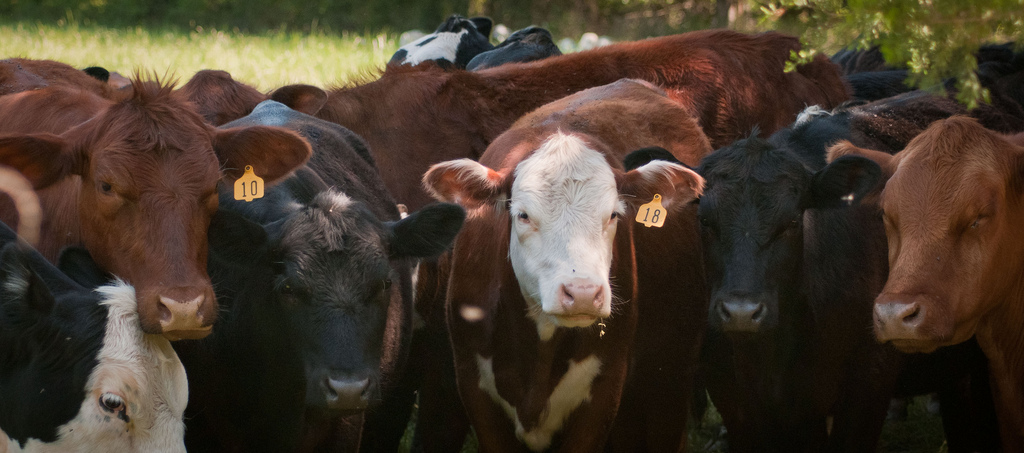
Management Minder Tool: Staying Organized on the Ranch
Daily life is busy on the farm and ranch and it seems as if once calving season is done, there is barely time to rest before fields must be planted or hay made.
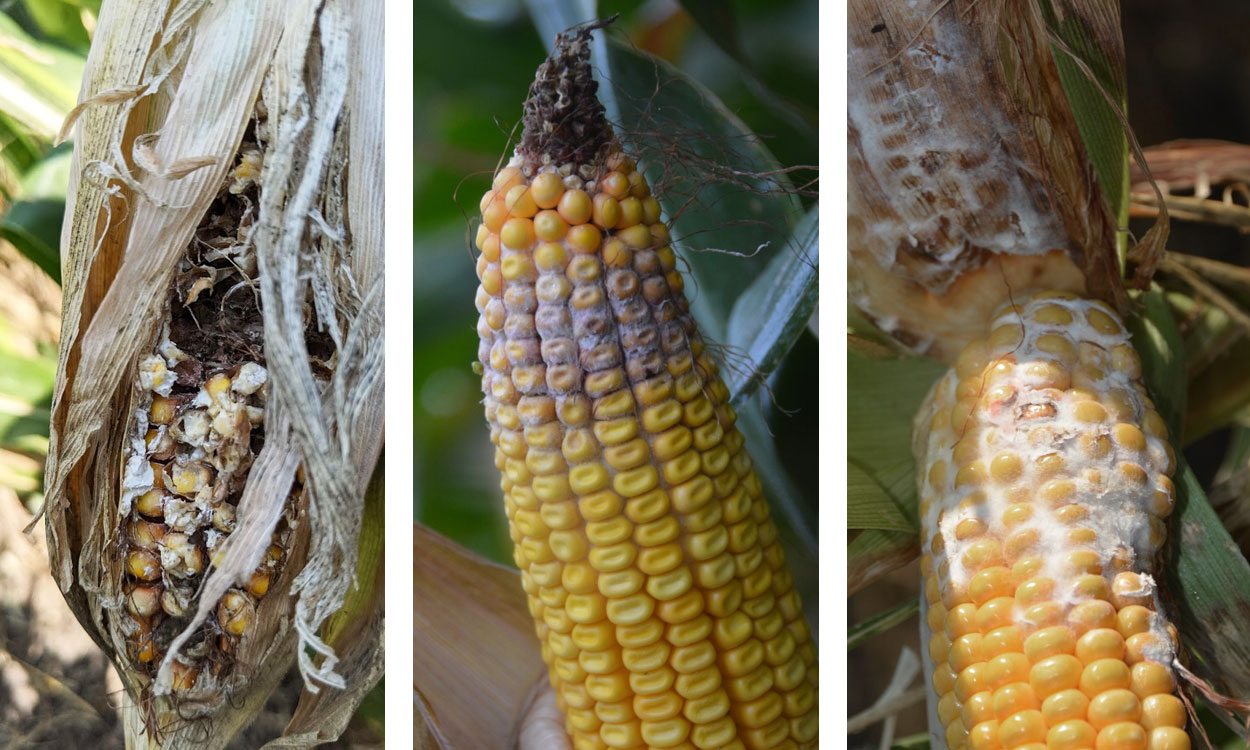
Scout for Corn Ear Rots
Several corn fields scouted in northeastern South Dakota counties were found with ear rots. Ear rots were mostly prevalent in areas that experienced hailstorms in the recent past. Ear rots in corn are caused by a few fungal pathogens, and which ear rot develops depends on the weather conditions.
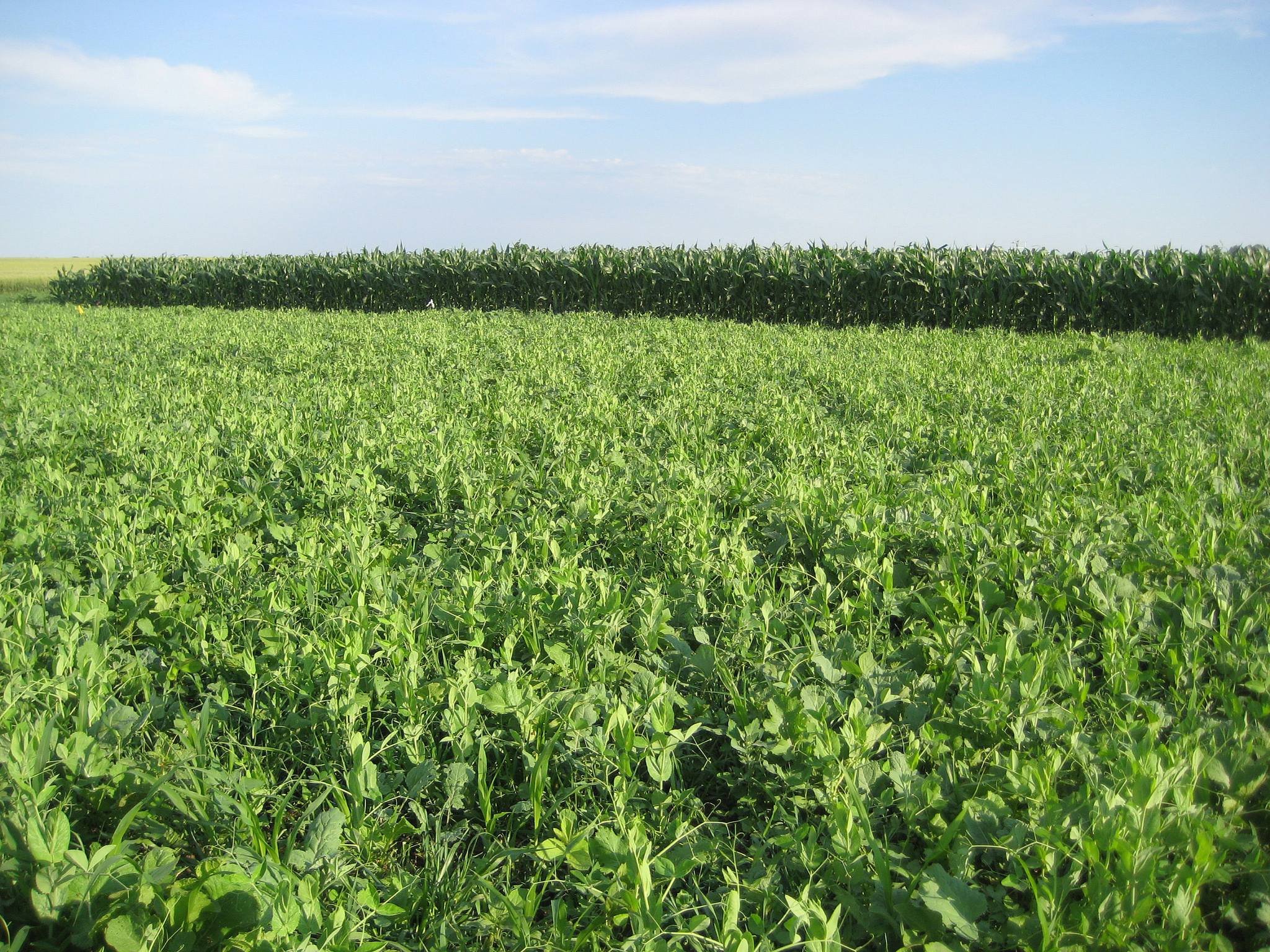
Cover Crop Usage in South Dakota is on the Rise
The number of South Dakota producers who use cover crops has been increasing at an accelerating rate over the past ten years.
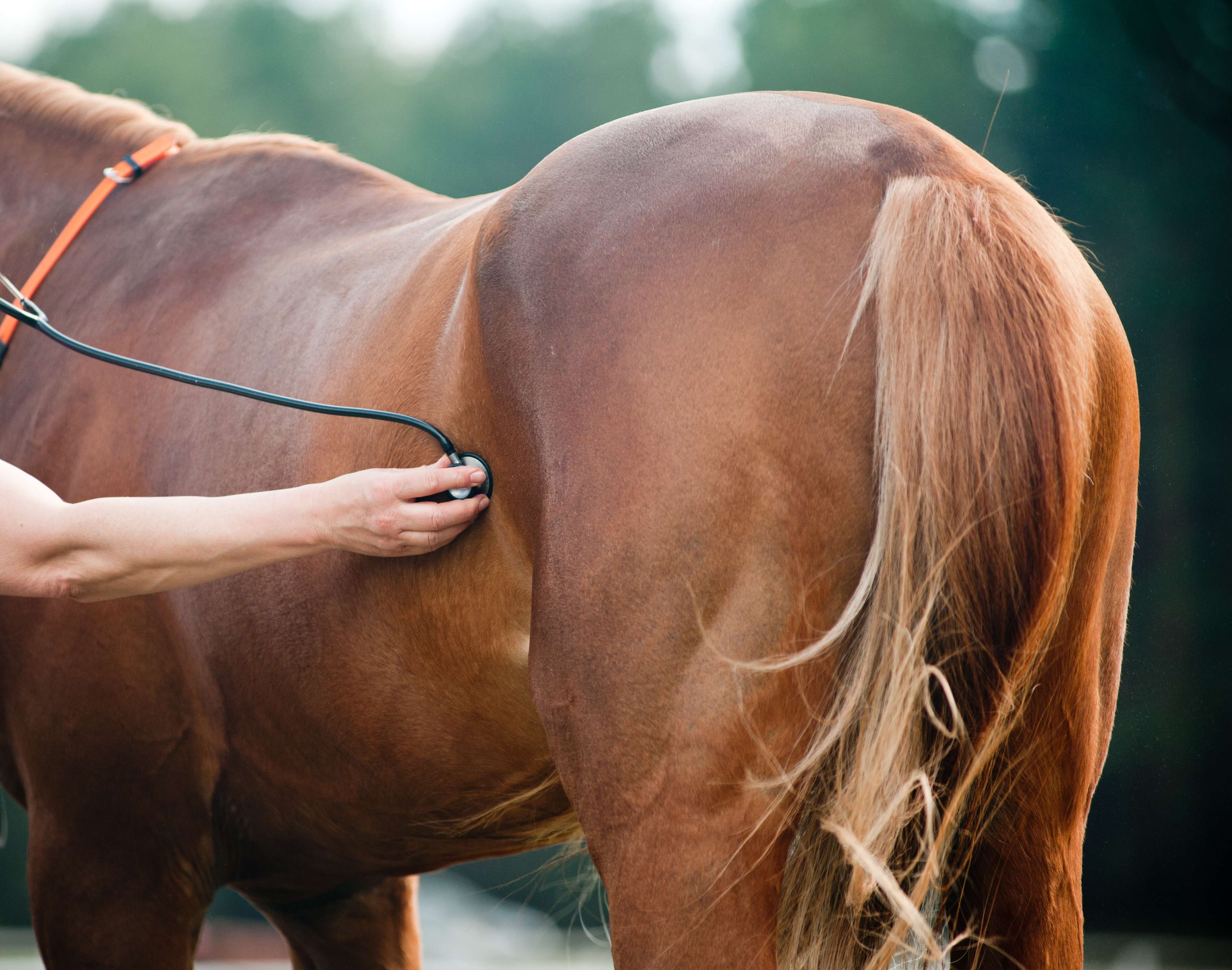
Animal Health & Care
The health and well-being of animals matters to all who care for them.

South Dakota State University to Host Fourth Annual SDSU Swine Day
October 26, 2020
This year’s SDSU Swine Day will be held at Wilbert Square Event Center (931 25th Ave.) in Brookings, on Nov. 3, beginning at 9 a.m. CST.
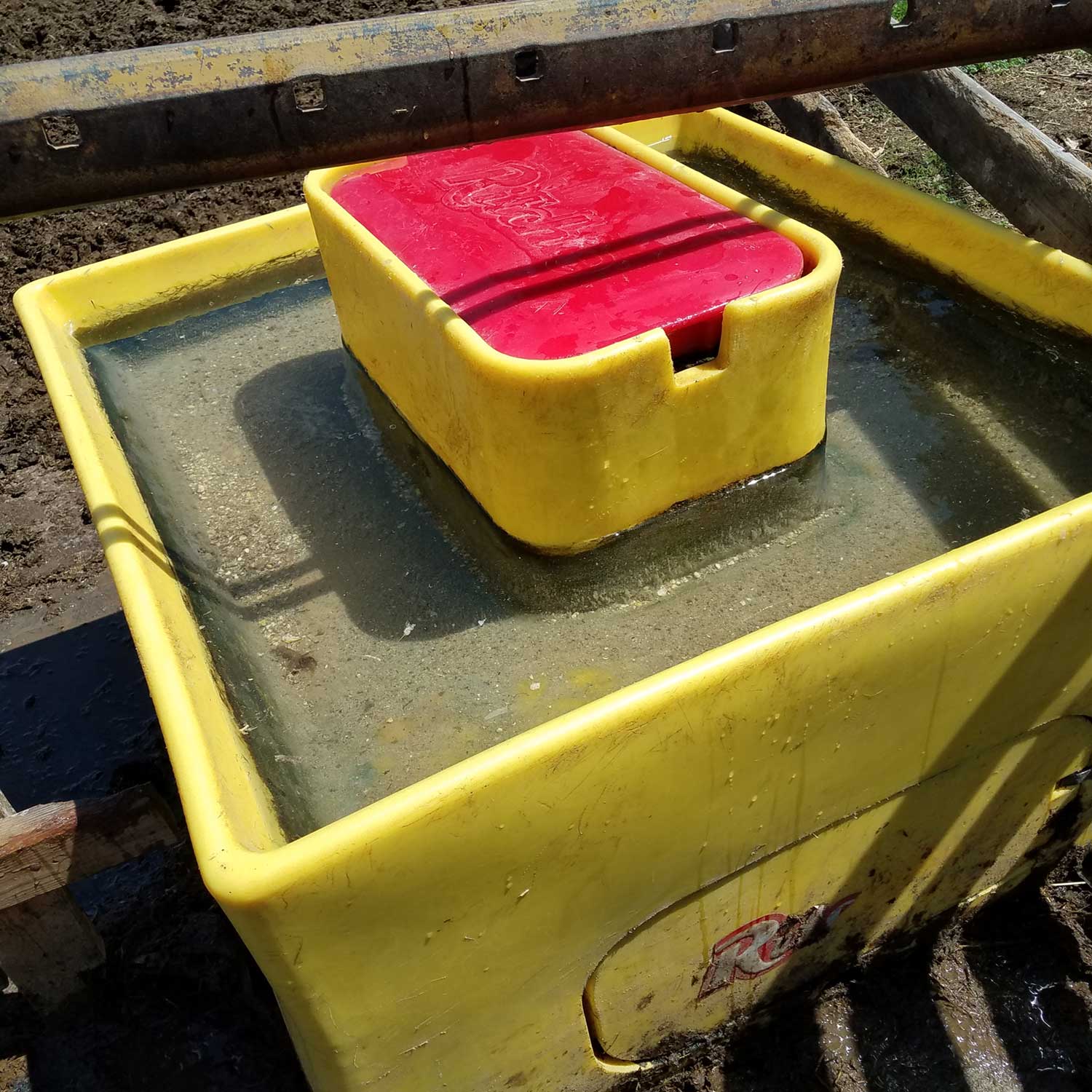
Water: The Unappreciated Nutrient
Water intake is strongly linked to feed intake, so any factors that cause cattle to drink less will lead to reduced feed intake and consequently reduced performance.
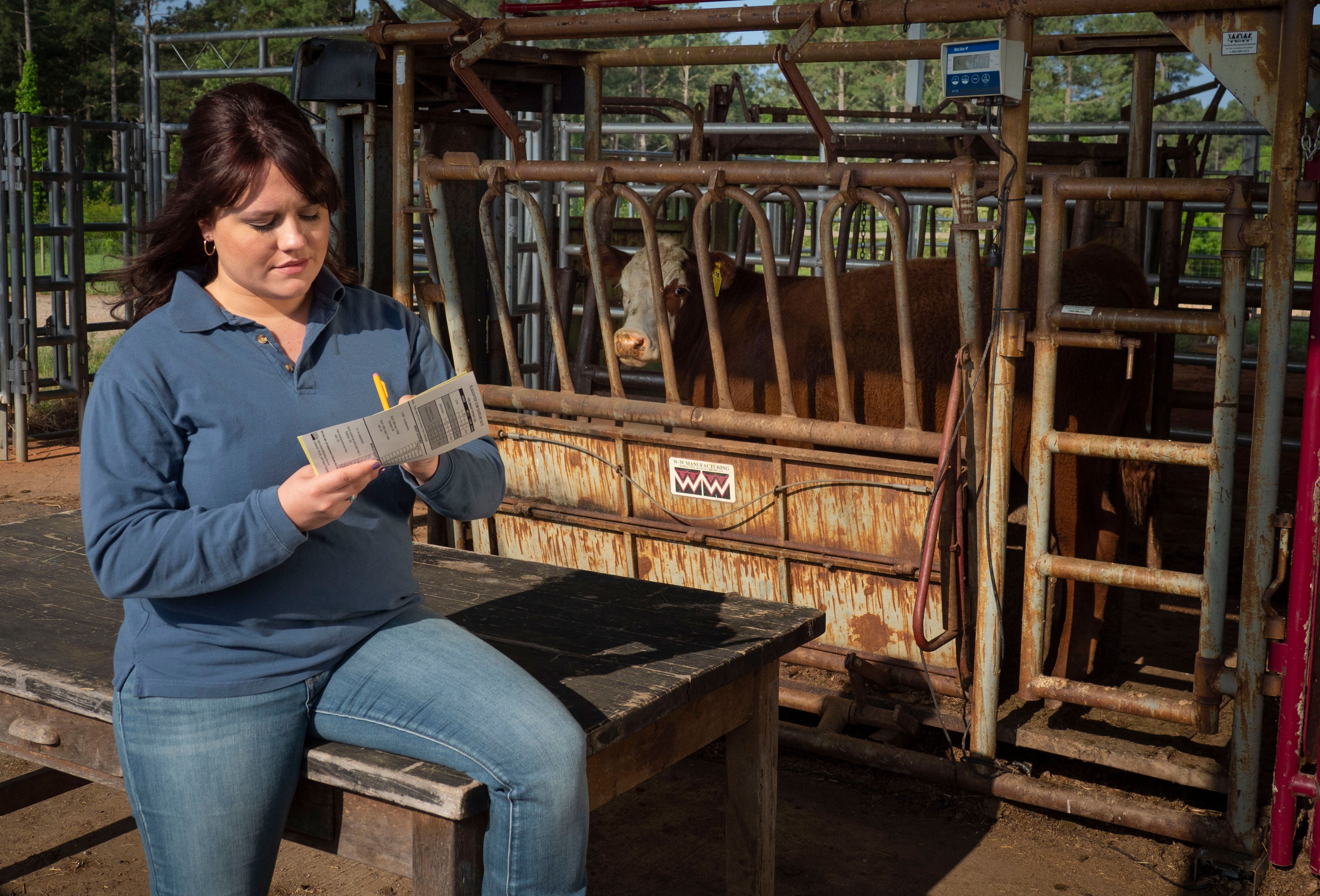
Live Weight vs. Carcass Weight: Effect on Cost of Gain and Margin
More cattle each year are marketed using carcass weight to determine value, sometimes combined with grid premiums and discounts. Can we use the same assumptions for growth and cost of gain when marketing methods differ?
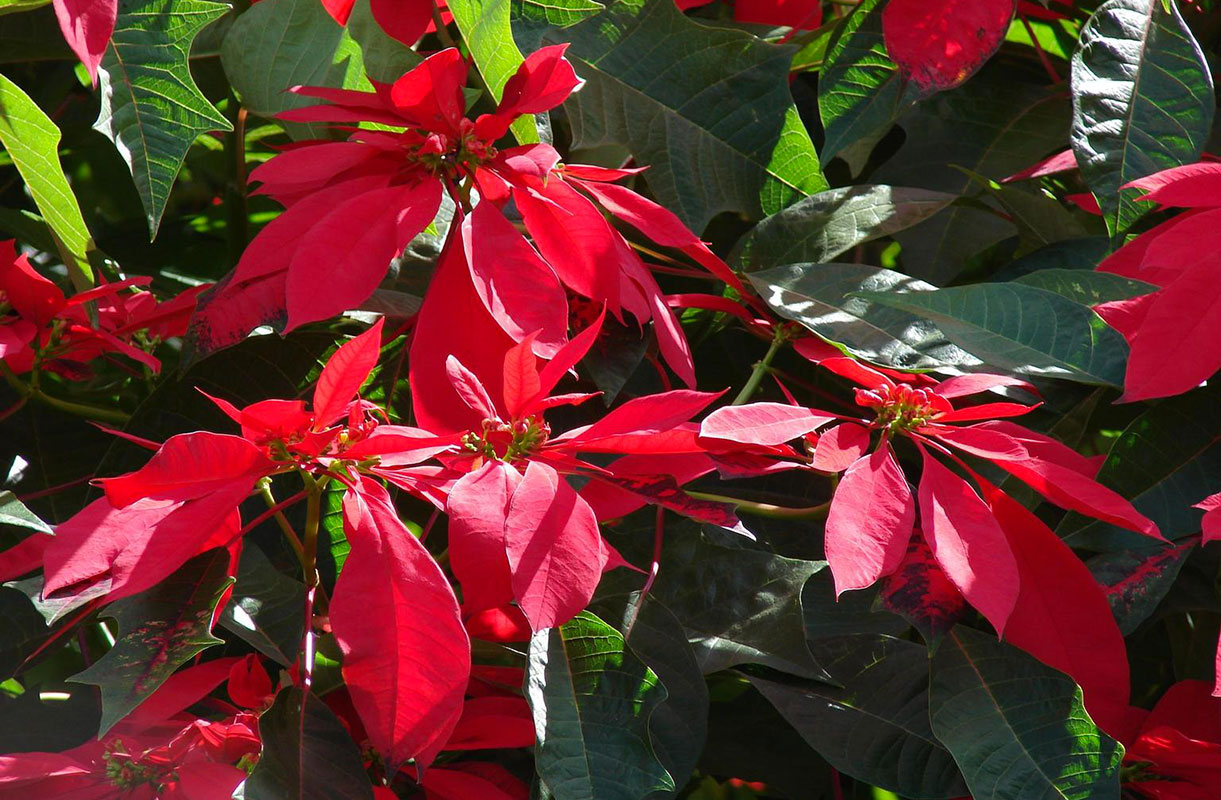
Are You Photoperiodic? Poinsettias Are: An Explanation of This Unique Plant Process
Poinsettias are photoperiodic, which means they rely on cues from nature, like the shortening day or night, to change how they grow. Learn all about this unique plant process and how it helps Poinsettias bloom and re-bloom.